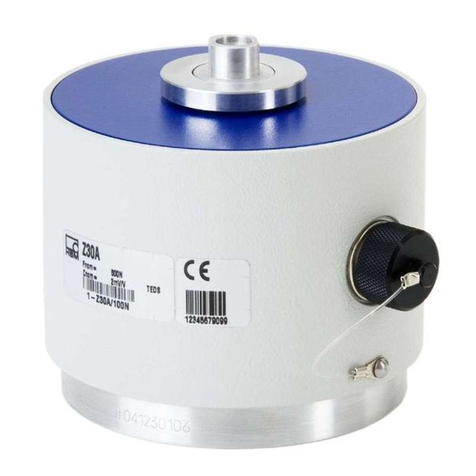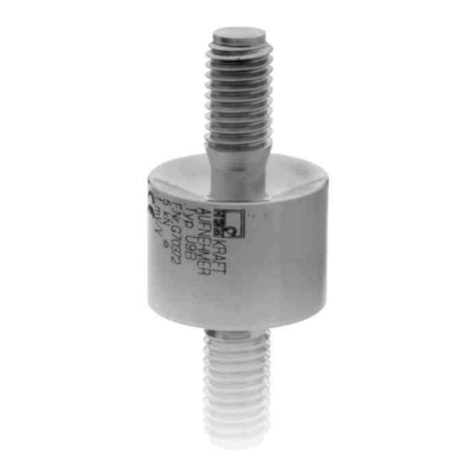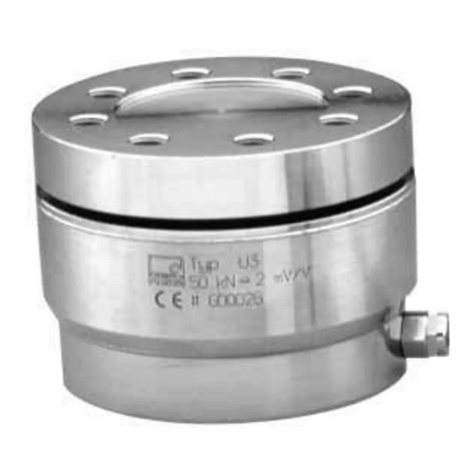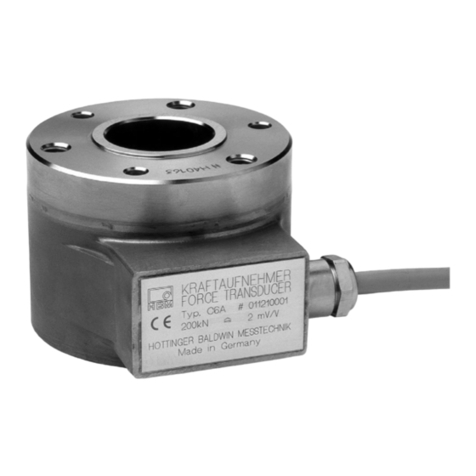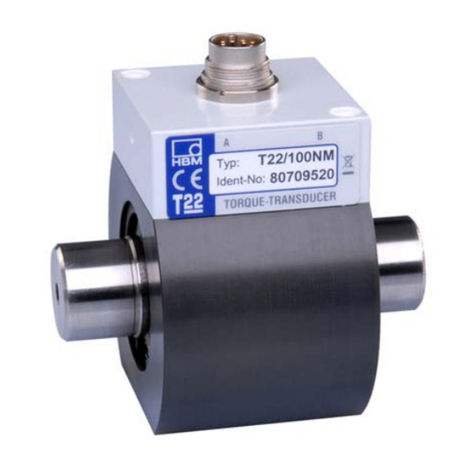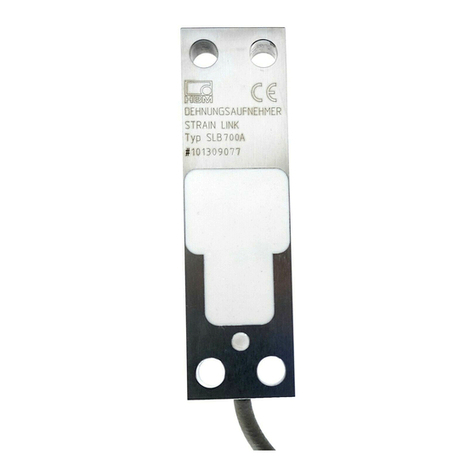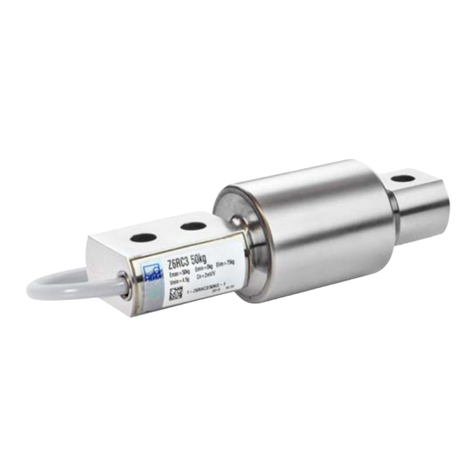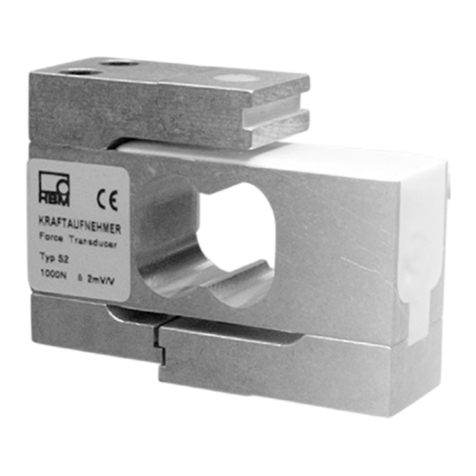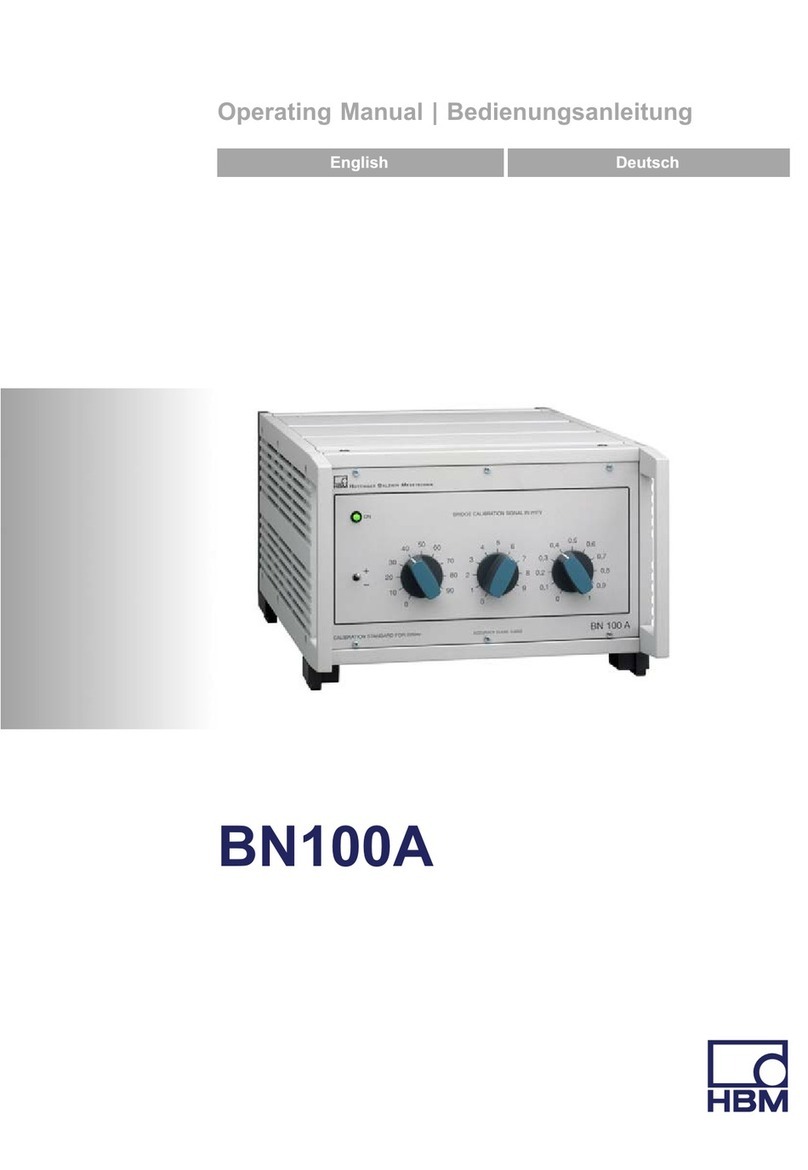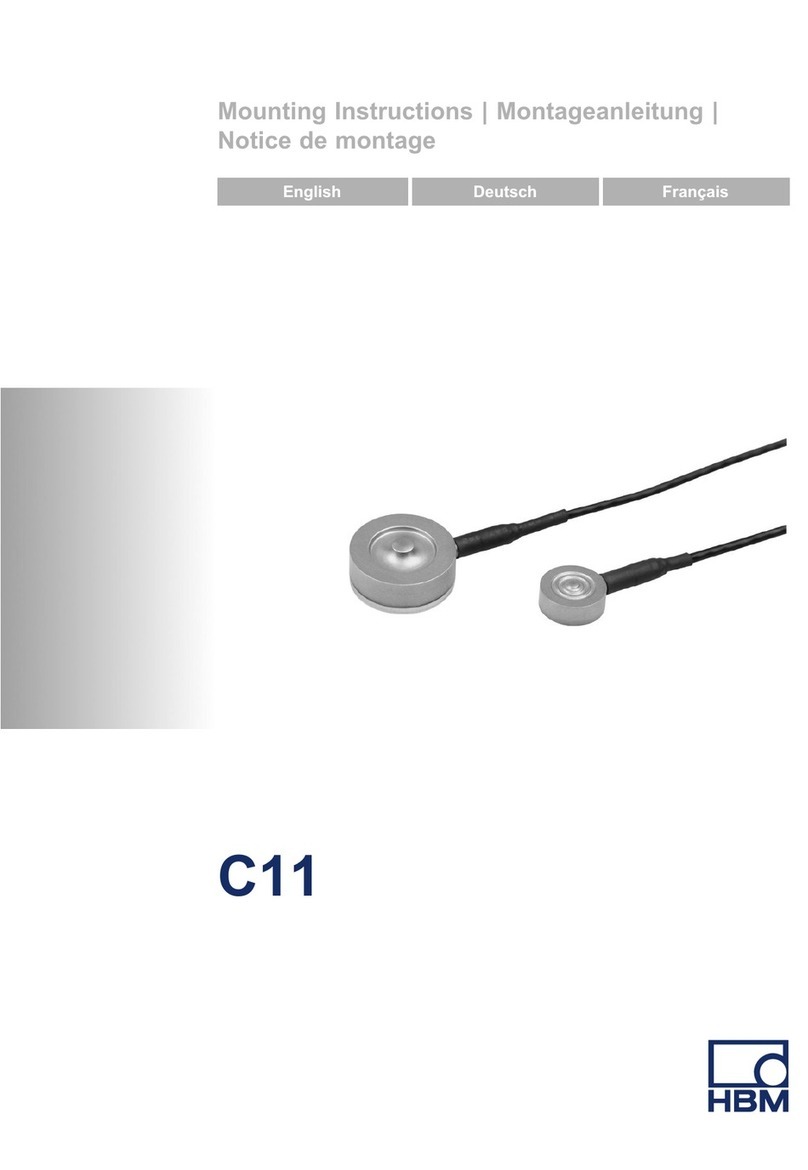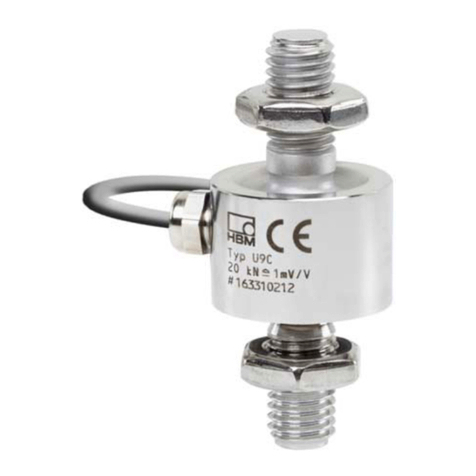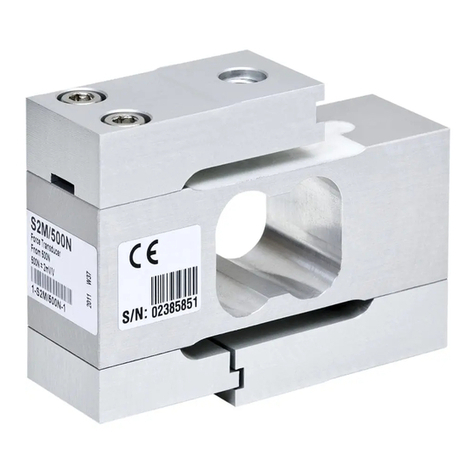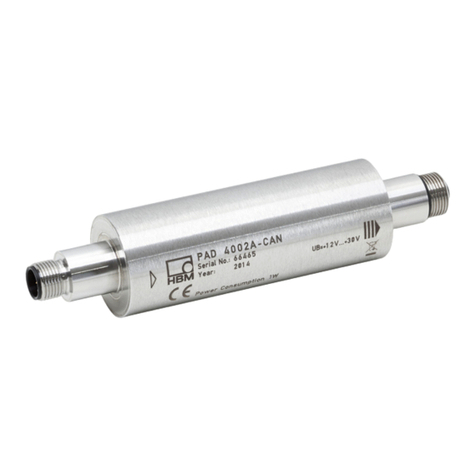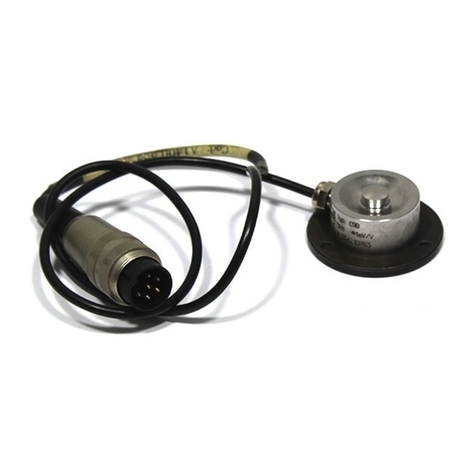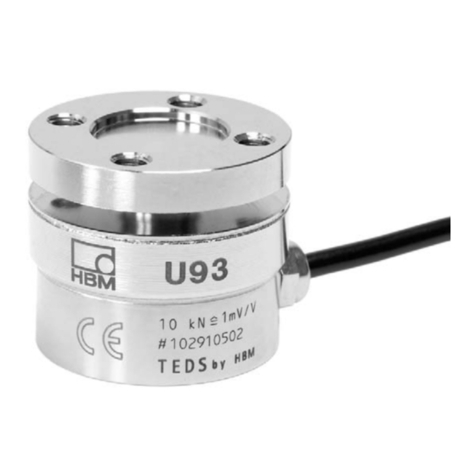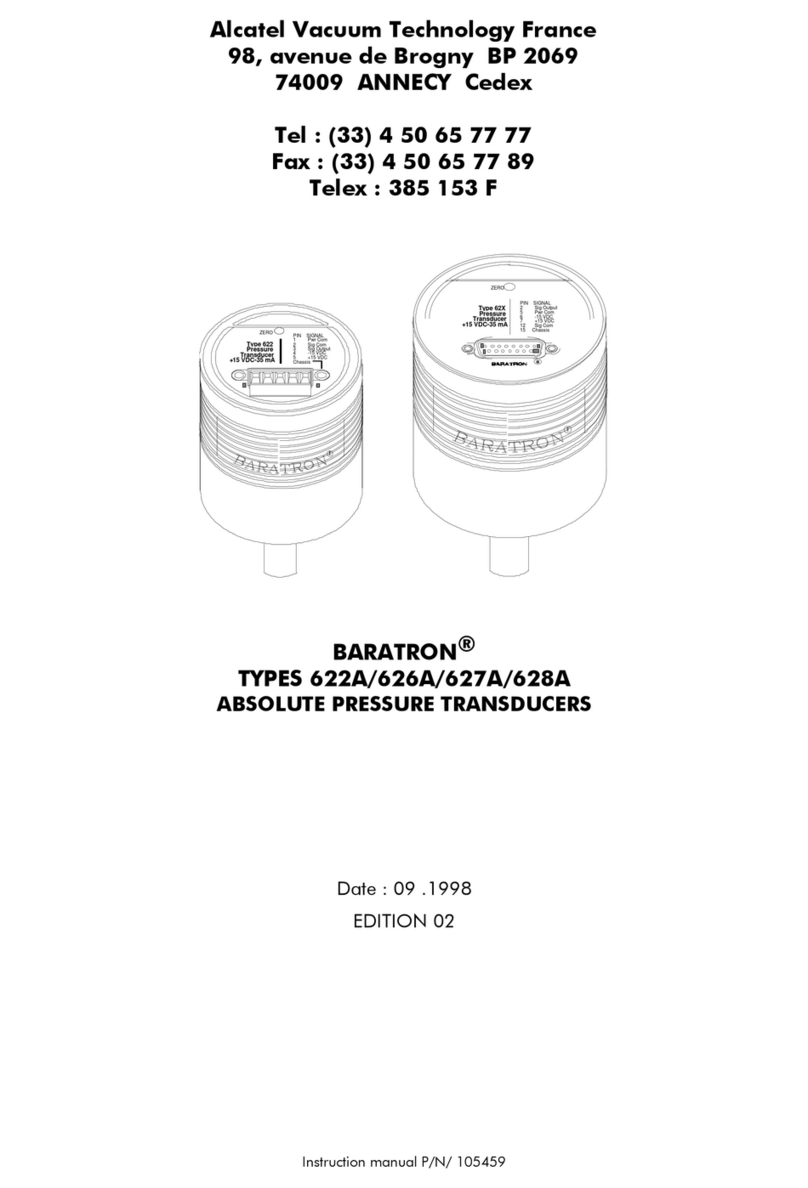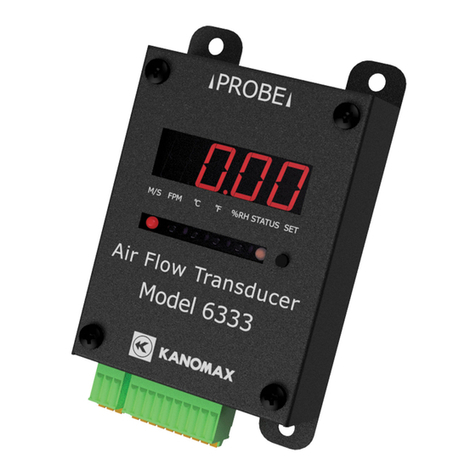
Safety instructions
TB1A A0162-8.0 HBM: public 3
1 Safety instructions
Use in accordance with the regulations
Reference torque measuring‐discs TB1A are used
exclusively for torque measurement tasks and control
and adjustment tasks directly connected thereto. Use for
any additional purpose shall be deemed to be not in
accordance with the regulations.
In the interests of safety, the transducer should only be
operated as described in the Mounting Instructions. It is
also essential to observe the appropriate legal and safety
regulations for the application concerned during use. The
same applies to the use of accessories.
The transducer is not a safety element within the mean
ing of its use as intended. Proper and safe operation of
this transducer requires proper transportation, correct
storage, assembly and mounting and careful operation.
General dangers of failing to follow the safety
instructions
The transducer corresponds to the state of the art and is
fail‐safe. The transducer can give rise to remaining
dangers if it is inappropriately installed and operated by
untrained personnel.
Everyone involved with the installation, commissioning,
maintenance or repair of the transducer must have read
and understood the Operating Manual and in particular
the technical safety instructions.
Remaining dangers
The scope of supply and performance of the transducer
covers only a small area of torque measurement
technique. In addition, equipment planners, installers and






